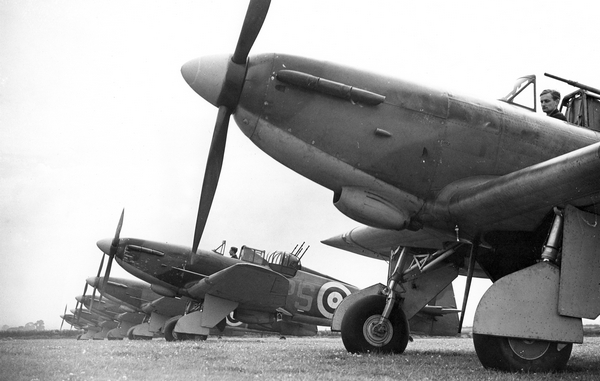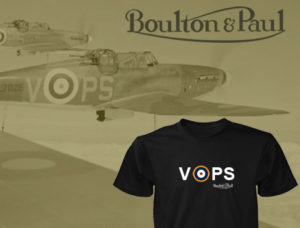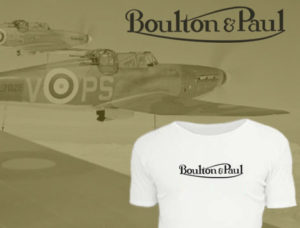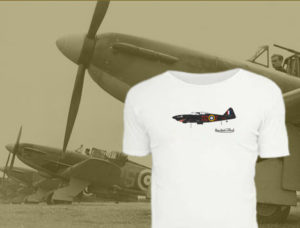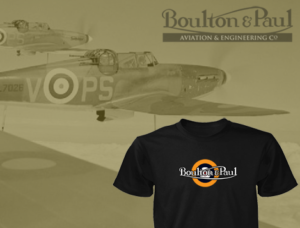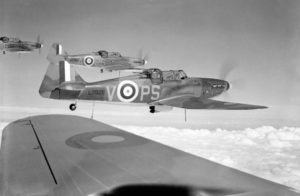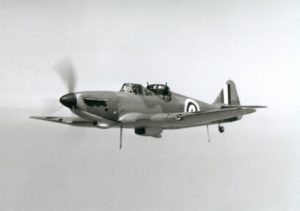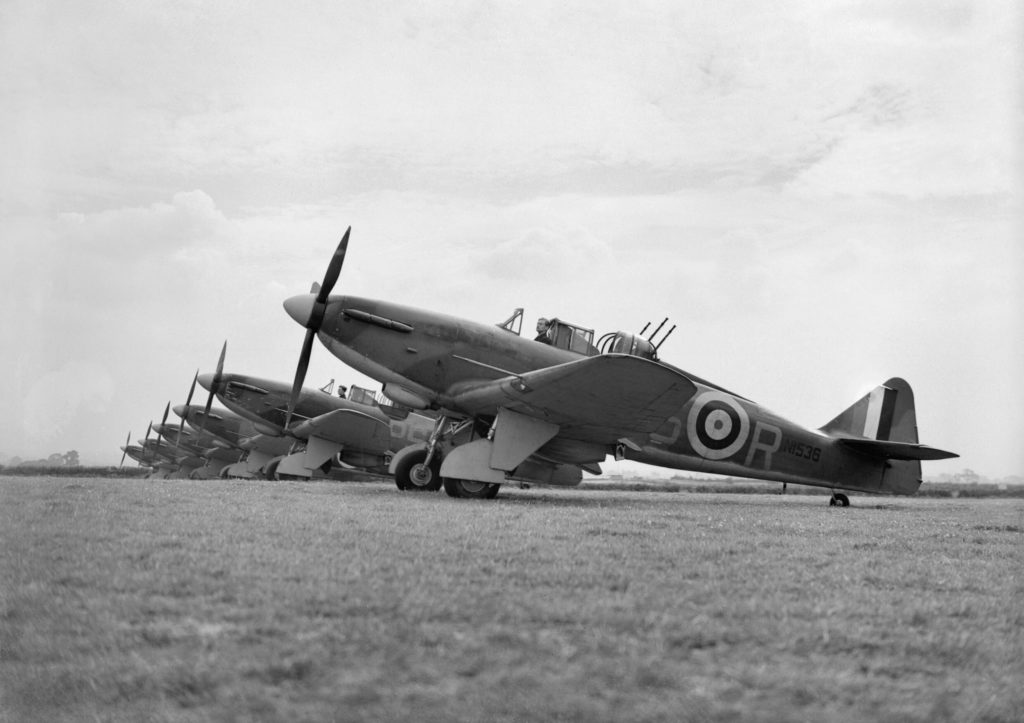BOULTON
& PAUL
HERITAGE
Boulton Paul Aircraft was a British aircraft manufacturer that was incorporated in 1934, although its origins in aircraft manufacturing began earlier in 1914, and lasted until 1961. The company mainly built and modified aircraft under contract to other manufacturers, but had a few notable designs of its own, such as the Defiant fighter and the Balliol trainer.
The company’s origins date back to an ironmonger’s shop founded in 1797 in Norwich. By the early 1900s, Boulton & Paul Ltd was a successful general manufacturing firm with a construction engineering division. It began building aircraft under contract during the First World War before moving into designing and building its own aircraft.
The aircraft building business was sold off – at a low point in the aviation market – from the main construction business in 1934 and then moved to Wolverhampton under its new name Boulton Paul Aircraft Ltd in 1936 to take advantage of skilled local workforce and local government incentives.
By 1961 Boulton Paul Aircraft was a manufacturer of aircraft equipment rather than aircraft, it merged with the Dowty Group.
History
Boulton & Paul started its construction engineering division in 1905.
In 1915, Boulton & Paul began to construct aircraft under contract, including 550 of the Royal Aircraft Factory FE.2b. During the war the company built more Sopwith Camels than any other manufacturer. Success as an aircraft builder led the company to form a design department but none of its resulting aircraft made a significant impact while the war lasted. Boulton Paul’s chief aircraft designer was John Dudley North (1893–1968), who joined the company from Austin Motor Company Aircraft Department.
After World War I, Boulton & Paul made their mark with the introduction of powered and enclosed defensive machine gun turrets for bombers. Their Sidestrand twin-engined biplane bomber, which could fly at 140 mph, had an exposed nose turret which was clearly inadequate. The subsequent Overstrand bomber featured the world’s first enclosed, power-operated turret, mounting a single Lewis gun and propelled by compressed air. The company licensed a French design of an electro-hydraulic four-gun turret which became a major feature of their future production. In addition to fitting turrets to bombers, Boulton Paul was to install them in fighters.
After World War I, Boulton & Paul made their mark with the introduction of powered and enclosed defensive machine gun turrets for bombers. Their Sidestrand twin-engined biplane bomber, which could fly at 140 mph, had an exposed nose turret which was clearly inadequate. The subsequent Overstrand bomber featured the world’s first enclosed, power-operated turret, mounting a single Lewis gun and propelled by compressed air. The company licensed a French design of an electro-hydraulic four-gun turret which became a major feature of their future production. In addition to fitting turrets to bombers, Boulton Paul was to install them in fighters.
During this period Boulton & Paul continued to operate outside the aircraft industry as well. They manufactured equipment such as machine tools and stationary engines. The latter were also available coupled to a dynamo for powering electric lighting circuits, and were sold under the Electolite brand name.
In 1934, Boulton & Paul sold their “Aircraft Department” which became Boulton Paul Aircraft Ltd. Over the next couple of years a new factory site was built up in Wolverhampton. This gave access to a large skilled workforce on top of the 600 or so employees that left Norwich for Wolverhampton. Even so, Boulton Paul would later set up a training centre in Scotland to bring in extra workers. The first “turret” fighter to be built was the Hawker Demon. This was followed by Boulton Paul’s most famous aircraft, the Defiant, which was a revolutionary but flawed concept specified by the Air Ministry – a “fast” fighter with no fixed forward armament but a powerful four-gun dorsal turret. Turret fighters were expected to be able to engage enemy bombers from any aspect. The same concept was used for the Defiant’s naval equivalent, the Blackburn Roc, which while a design by Blackburn, the detail design was done in BP’s drawing office and the aircraft was built wholly by Boulton Paul.
Boulton Paul also built the Fairey Barracuda and did conversions of the Vickers Wellington. The only post-war design was the Balliol advanced trainer, of which 229 were built, including 30 as the Sea Balliol deck-landing trainer.
In the jet age, Boulton Paul worked on the English Electric Canberra and de Havilland Vampire. It designed and built a couple of delta-wing jet-engined aircraft for research work and continued to tender designs for official requirements. In 1961 the company was acquired by Dowty Group and was renamed Dowty Boulton Paul Ltd and then Dowty Aerospace.
Following the acquisition of Dowty Aerospace by TI Group in 1992, and the subsequent merger of Smiths Industries and the TI group in 2000, to form Smiths Group, the Wolverhampton factory site was sold again in May 2007 to GE Aviation Systems. Yet again in August 2009 the factory was sold to Moog Inc. but was to move to new premises at the nearby I54 business park. The factory also had an on-site Boulton Paul Museum dedicated to Boulton Paul aircraft and the traditional methods used to manufacture aircraft. The important collection was scheduled to move to Royal Air Force Museum Cosford in Spring 2013.
